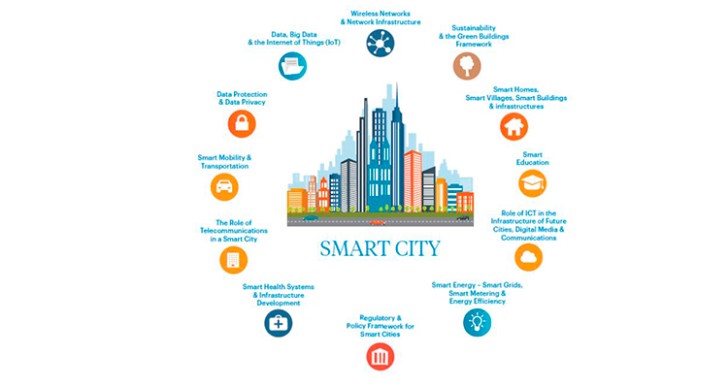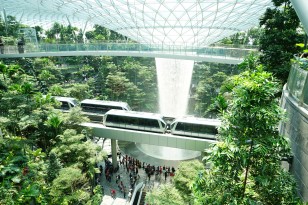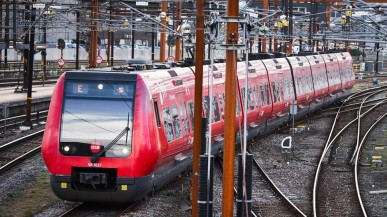Zigurat Global Institute of Technology
Blog / Disruptive Technologies
Urban Development Policy in Smart Cities
Categories

The fast and inevitable emergence of smart cities has a huge impact on urban development policy and urban planning. In this article, we go into detail about the role of a city planner in smart cities and vice versa, the contribution of smart cities in urban development.
In March 2017 when the project of Sidewalk Toronto was first introduced, apart from the praise for its planning (urban development-wise), it received a lot of criticism on account of privacy. With Sidewalk Labs, the Google sister company, in charge of the execution of the project, the resident groups were concerned that their personal data collected in public space will later be commercialized. The public is not obliged to automatically buy into everything with the word "smart" in it. They have the right to remain critical and ask how their personal data handed over to a smart city is used and protected. After all, smart cities are always and above all about the people who live there and not the technology firms providing for them. And in order to make sure that the citizens really are the ones to benefit the most, we need urban planners and urban development specialists with knowledge of smart cities. Only that way can we separate the techno-optimist hot talk from the real turning point for urban life.
Urban Planning and Smart City
We must start by saying that planners have always been an important piece in the emergence of smart cities. In what follows, we’re going to take a look at the smart city and urban planning interrelation and where they meet. The objective of every urban development policy should be to achieve balanced development for all aspects of urban life, physical, social, economic in a comprehensive manner. That is achieved only through expert planning. While urbanism has existed for more than 5,000 years in different forms, it’s the mid-19th century that urban planning arises as a reaction against the industrial cities and aims to provide rules for environmental and cultural protection and to determine future urban development. “Smart City”, on the other hand, as a term, has been around since the 1990s. There are different definitions and applications, but the common elements include the use of information and technology as a way to engage citizens, deliver city services, and enhance urban systems. 
Criteria for Urban Development Policies
European Regional Cohesion Policy distinguishes four main dimensions in regional and urban development. They are as follows: Quality: covers livability, environmental quality, quality of life and respect for biodiversity. In this context, planning will prohibit the urbanization of seashore, streams, etc. Viability Timeline: stands for sustainable residential development as it aims to meet the needs of current generations without compromising the ability of future generations to meet their needs and aspirations. Capacity: concerns both natural and human resources’ capitalization. Optimal demographic allocation and decentralization, water and other natural resources’ use, residential and farming allocation all fall under this dimension. History and landscape: embraces the urban history and landscape to achieve coherent regional growth. The planning must take into account archeological areas, traditional settlements, forests, parks, etc.
Smart City Framework
Smart cities introduce a variety of new practices and services which impact urban policy making and planning as they co-exist with urban facilities. And there are various ways that smart city framework can help city planners to meet the above-mentioned criteria and contribute to a urban life. The generic architecture of a smart city contains the following layer: User layer, Service layer, Infrastructure layer and Data layer. If looked closely, we can observe how those layers all correlate in one way or another with urban planning criteria. For example, ideally the infrastructure layer shouldn’t charge the local environment or the local protected areas and has to plan to uniformly develop smart cities across the regions for coherent development. When it comes to the Service layer, smart transportation services would align directly to the Quality and to the Viability Timeline planning dimensions. Or other way around: how the criteria can be met thanks to one or more layers. For example, the environmental data that is collected from the sensors can to contribute to Quality, History and Landscape dimensions. So what we can observe is a bidirectional relation between urban development policy and smart city framework. Smart city aligns easily to urban planning dimensions, while urban development policies should be on the lookout to capitalize what smart city solutions have to offer.
This article is related to the Master’s in Global Smart City Management, designed to equip professionals like you with the expertise to integrate technology, sustainability, and strategic planning to build smarter, more resilient cities that improve quality of life.



